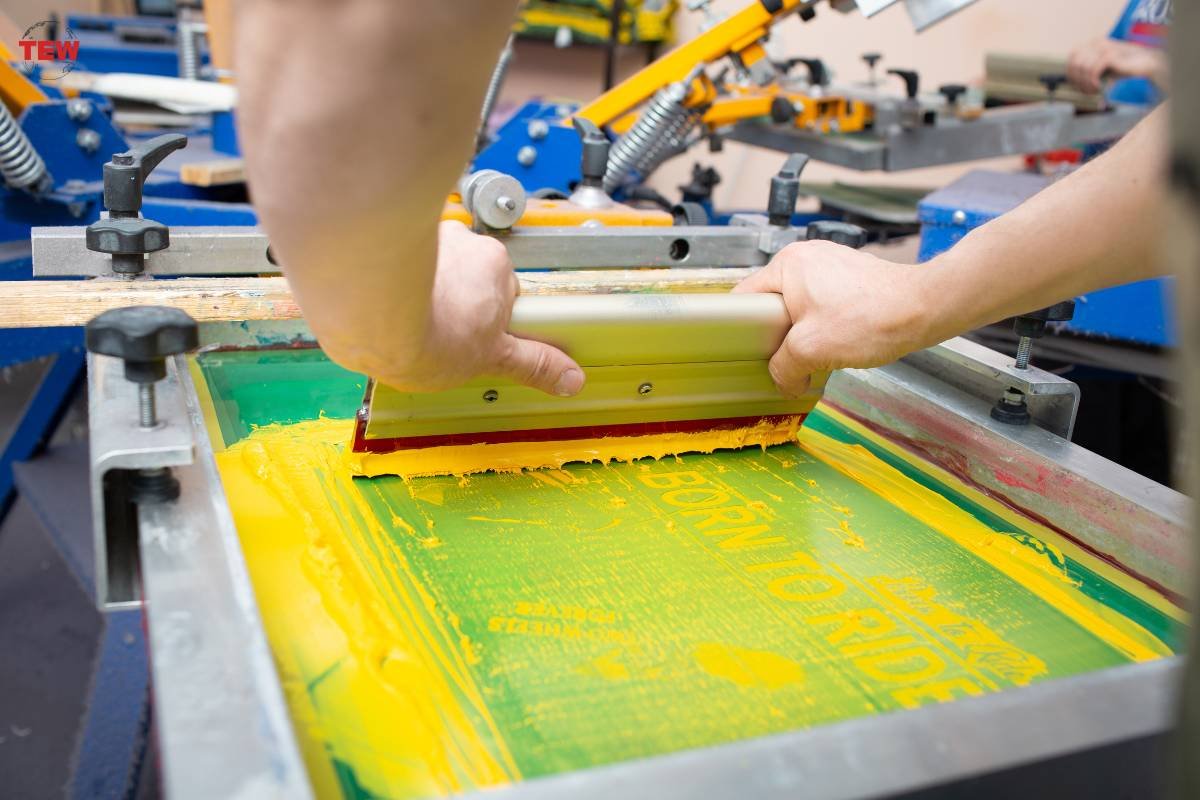If you’re a certified HVAC technician and want to branch out on your own, it’s obvious you’re excited about the idea of starting your HVAC Business. Unfortunately, even with the expertise and the papers to back you up, you will realize there is more to building a HVAC Business than technical expertise.
But that shouldn’t stop you from pursuing your dream.
Identifying some of the common mistakes that most HVAC business owners make can help you avoid them and succeed where others fail.
1. Failure to follow up on open estimates
When a customer needs HVAC services, they will first request estimates from a service provider. However, after receiving the estimates, some customers may not book the job on the same day.
Failure to follow up on the sent-out estimates could result in lost HVAC Business because the client may decide to go with a more aggressive service provider.
To ensure that no open estimate slips through the cracks and increase bookings, investing in project estimating tools such as this HVAC estimate template from ServiceTitan can help. This tool allows the user to set reminders of open estimates so you can follow up on them, thus minimizing the possible loss of potential revenue.
2. Extending credit
Most businesses fail not because they are unprofitable but because they run low on cash flow. Extending credit is one primary reason why most HVAC Business owners run low on cash flow. So, make it clear with your clients that you do not extend credit.
Only accept cash, credit, or debit cards and checks, and let your clients understand that payment is expected once the project is completed or by milestones. That way, you will not struggle with your payrolls and other bills.
3. Not knowledge about the Product and Specification
When it comes to building a successful HVAC business, there are many mistakes to avoid. One of the most common mistakes is not being knowledgeable about the products and services that are being offered. For instance, not knowing what a common wire is can lead to costly mistakes.
This is why it is important to have a thorough understanding of the products and services that are being offered, and how to properly install them. Knowing the basics of wiring, such as what a common wire is, can help you prevent costly mistakes and ensure the success of your HVAC business.
4. Not marketing enough
Today’s business scene is very competitive. For a business to stand out from the crowd, it has to do its marketing correctly. If you are not giving marketing the attention it deserves, or hiring a specialized marketing team like Hook Agency, you can be sure that someone else is, and maybe eating into your clientele.
All forms of marketing will require some form of investment in terms of money and time. When marketing as a small business, it is crucial to understand that you need to market your company just as much as you sell your product. A customer is only royal if they “buy” the company first before the product.
5. Ignoring your customer
Today’s customer is spoiled for choice and must be treated like royalty if you want to succeed in any HVAC Business. However, the truth is many companies are yet to cash in on this reality. If you do not focus on the customer experience, someone else may be trying to, and you could end up losing business.
To stand out as an HVAC service provider, make a personalized customer experience your selling point. Be on the lookout for ways to make your customers feel valued and have a reason to stay with you. Satisfied customers will always come back for more and can also be your best marketers.
6. Lack of unique selling point
When running or starting a HVAC Business, most business people make the mistake of building their business model based on the existing businesses. The problem with that approach is that the business can’t stand out. In such a scenario, the customer has no reason to ditch their current provider for you.
If you want to succeed, have a unique selling point. Give the customer a reason to go for you rather than your competitor. Your unique selling point could be your time of delivery, customer experience, payment options, etc. Customers will always go for the option that will give them the best value for their money.




